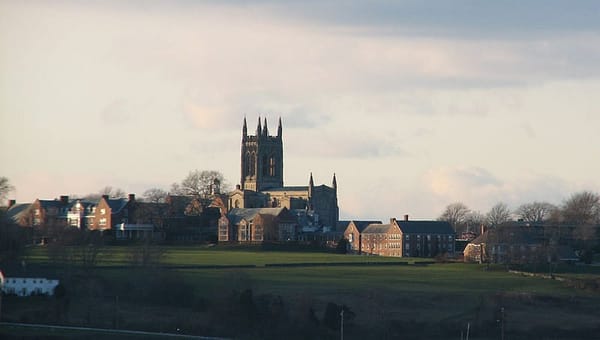Massachusetts seal stirs ire even as drive to alter it fades

BOSTON – As debates about official symbols that some may consider inflammatory or even offensive pop up across the country, a push to change the Massachusetts state seal and flag is losing steam.
The seal, prominent on the flag, depicts a sword-wielding arm above an American Indian holding a bow and down-turned arrow with the Latin motto, "Ense petit placidam sub libertate quietam," which loosely translated means "By the sword we seek peace, but peace only under liberty." The imagery has long vexed local American Indian tribes and activists, who see it as a callous and inaccurate representation of the relationship between natives of the region and European settlers.

